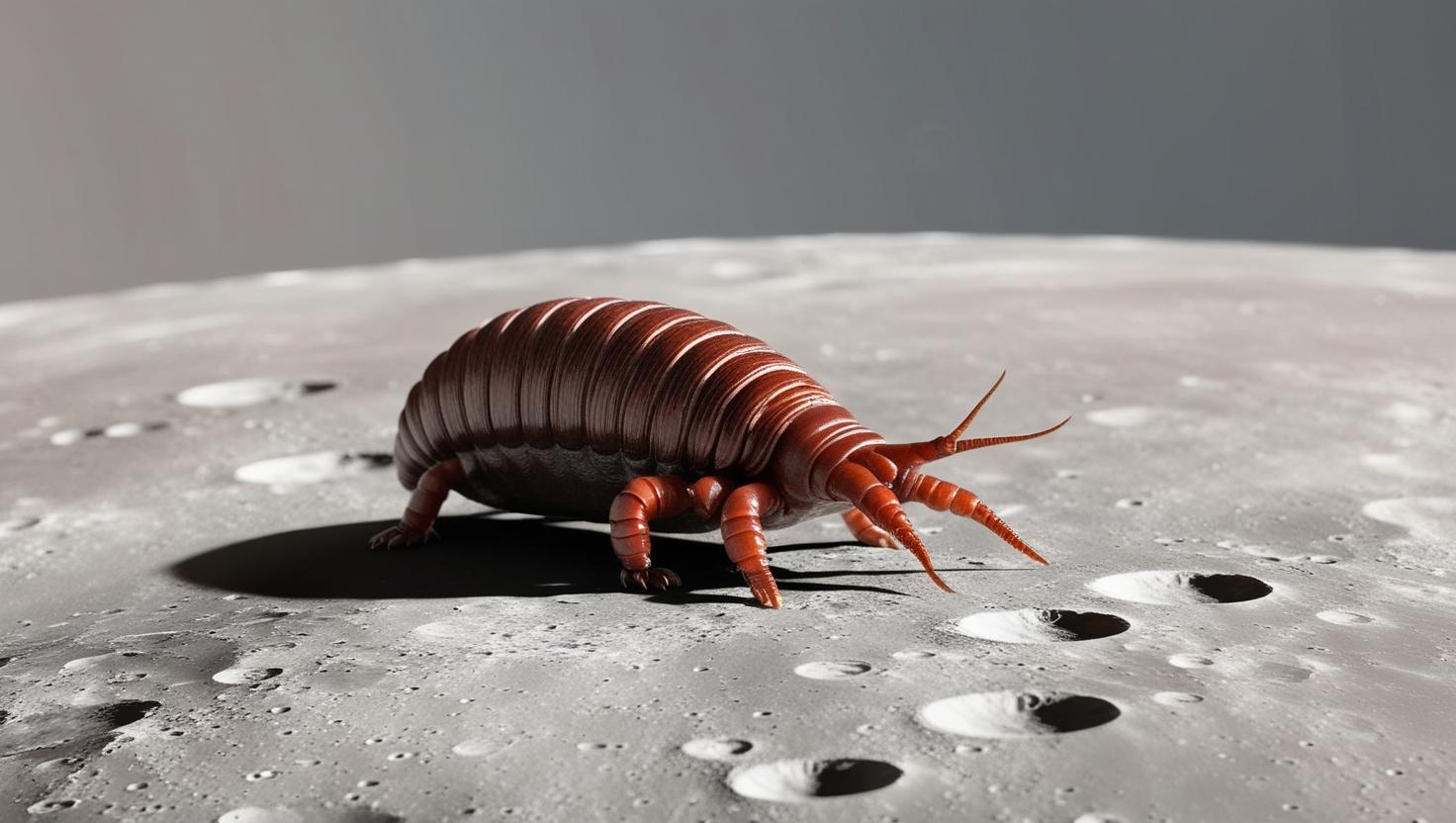In a bold blend of space exploration, cryobiology, and conservation biology, researchers are proposing a lunar storage facility that could preserve DNA and reproductive cells (like sperm, eggs, and seeds) in case of planetary catastrophe.
But how would it work—and why the Moon?
Why Preserve Earth’s Genetic Code?
Earth is teeming with life, but it’s also incredibly vulnerable. From natural disasters and climate change to pandemics and potential asteroid impacts, our planet’s biodiversity is constantly under threat.
To counter this, scientists have long stored seeds and genetic samples in secure Earth-bound locations like the Svalbard Global Seed Vault in Norway. But now, they’re thinking bigger—and farther.
By creating a genetic ark on the Moon, we gain an insurance policy against global catastrophes that could wipe out entire species.

Image of a Tardigrade. These little critters are among the hardiest on the planet.
Cryobiology: Freezing Life for the Future
Central to this plan is cryobiology, the science of preserving living cells at ultra-low temperatures. Cryogenic storage has already proven effective for everything from fertility treatments to seed banks.
In this lunar vision, specially designed modules would keep genetic material in a deep freeze—around -196°C, using liquid nitrogen or other cooling methods. This would preserve the DNA of thousands of species, from microbes to mammals, for hundreds or even thousands of years.
The Moon’s cold and dry environment actually makes it ideal for this type of storage, especially if placed in lunar lava tubes that offer natural insulation and protection from cosmic radiation.
The Space Tech Making It Possible
Of course, building a bio-vault on the Moon isn’t easy. It would require advancements in robotic construction, autonomous systems, and radiation shielding. Lunar cargo would need to be delivered via future missions from agencies like NASA, ESA, or private spaceflight companies like SpaceX.
There are also plans for robotic caretakers—automated systems that would maintain and monitor the cryogenic chambers, keeping samples viable without human presence.
It’s a high-tech undertaking, but the pace of space innovation is making it increasingly feasible.
More Than Sci-Fi: A Bold New Era of Conservation
This isn’t just about humans—it’s about protecting the biological story of Earth.
Preserving DNA off-world has profound implications for conservation biology. With thousands of species currently endangered, a backup archive could one day help reintroduce lost species or regenerate genetic diversity.
It also opens the door to astrobiological questions—how life began, how it might exist elsewhere, and how we might one day seed life beyond Earth.
What Happens Next?
While the lunar DNA vault remains a proposal, scientists and engineers are actively working on the technologies that would make it possible:
- Designing cryogenic storage units that can survive space launch and function in low gravity.
- Identifying stable lunar locations for long-term survival.
- Collaborating across disciplines—from geneticists and engineers to planetary scientists and ethicists.
🌌 Could the Moon really become Earth’s backup drive? And if so, what responsibilities come with guarding the seeds of life in space?
👉 Be curious. Stay inspired. Follow DailySciTech.com for more wonders from the world of science and the future of life beyond Earth.










